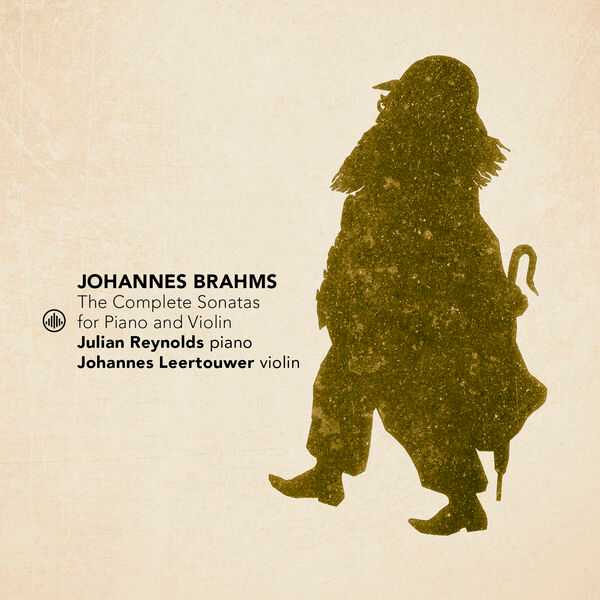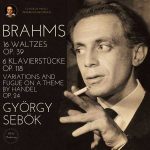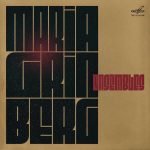

Composer: Johannes Brahms
Performer: Julian Reynolds, Johannes Leertouwer
Format: FLAC (tracks)
Label: Challenge Classics
Catalogue: CC72964
Release: 2023
Size: 633 MB
Recovery: +3%
Scan: cover
Violin Sonata No. 1, Op. 78 in G Major
01. I. Allegro ma non troppo
02. II. Adagio
03. III. Allegro molto moderato
Violin Sonata No. 2, Op. 100 in A Major
04. I. Allegro amabile
05. II. Andante tranquillo – Vivace- Andante- Vivace di più- Andante – Vivace
06. III. Allegretto grazioso (quasi andante)
Violin Sonata No. 3, Op. 108 in D Minor
07. I. Allegro
08. II. Adagio
09. III. Un poco presto e con sentimento
10. IV. Presto agitato
We made this recording in January 2023, one week before I defended my dissertation on historically informed performance practice of Brahms’s orchestral music at Leiden University and received my doctorate. The research had offered me the opportunity to re-investigate my ideas about contemporary performance style, particularly of 18th- and 19th-century repertoire. Over the course of the 4-year project, I had rehearsed, performed, and recorded the Brahms symphonies and concertos as a conductor. After so much reading, writing, and conducting, I found that I longed for the experience of applying what I had discovered as a violinist to find how it had changed my approach to Brahms’s chamber music. I called Julian Reynolds and asked if he would be willing to experiment with my findings. We had studied the Brahms violin sonatas together with Josef Suk in Vienna and Prague many years ago. We found a beautiful Blüthner grand piano of 1857 in the atelier of Andriessen pianos in Haarlem.
Our recording represents our desire to find the freedom to apply the 19th-century expressive tools of flexibility of rhythm and tempo, of expressive legato, portamento and vibrato that have been largely forgotten or perhaps discarded over the course of last century. These tools cannot simply be dusted off and re-implemented. As I argued in my dissertation, working with them requires re-inventing them. Portamento for example was a hotly debated subject throughout the 19th century. There is no single model or example of how to apply it today. The same can be said about vibrato. What we can say with certainty is that in the violin methods of Louis Spohr and later Joseph Joachim and Andreas Moser, portamento was named as the first and most important means of expression for string players, and vibrato was described as an ornament. When it comes to flexibility of tempo, we can be sure that the 19th-century concept of tempo was more flexible, and that modifications of tempo were much more frequent than in more modern times. We know that Brahms had a particularly free and flexible way of performing his own music. Brahms himself famously refused to give metronome markings, writing that he could not find a meaningful relationship between his flesh and blood and such a mechanical instrument, a feeling perhaps inherited from Beethoven. He also wrote that any “sane musician” would take a different tempo every week.



